net CORCs estimated
Mast Wood Preserve MT1
A project at the forefront of burned biomass burial and wildfire recovery
Discover Wood Preserve MT1
At the Poverty Flats Fire site, fire-killed trees—biomass that would typically be piled, burned, or left to decay—are being stored underground to sequester carbon for centuries, removing carbon from the atmospheric cycle. Carbon credits generated also fund reforestation and ecological recovery on the same land.
first phase issuance
years of verified durability
BeZero rating
SEPTEMBER 2025
Site updates
Burned biomass burial is complete at MT1, our MRV system is providing continuous data for long-term monitoring, reporting, and verification for credit generation.






How it works
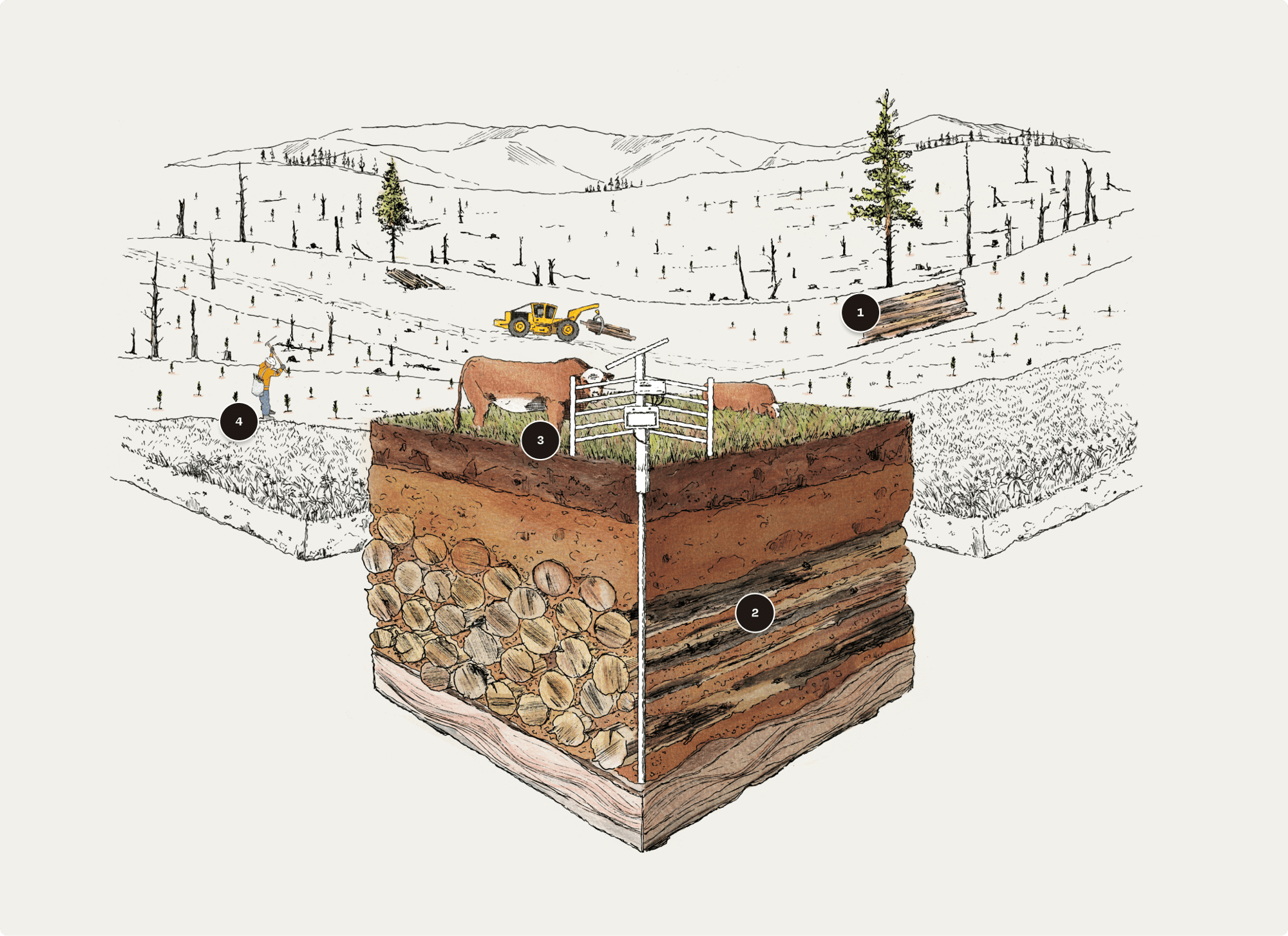
- We use fire-killed trees to reduce hazards on the property and enable reforestation operations.
- The wood is buried in a low oxygen chamber, where the wood is inert, to keep this carbon out of the atmospheric cycle.
- The site is protected long-term with an easement and continuous monitoring.
- Carbon credits pay for native, biodiverse reforestation with trees grown in Mast’s nurseries.
Carbon by Satellite
The circles below show the decked wood we're burying; enough to fill 1,100 logging trucks. Our analysis estimates 2.8 million tonnes of burned biomass in Montana alone from recent fires.

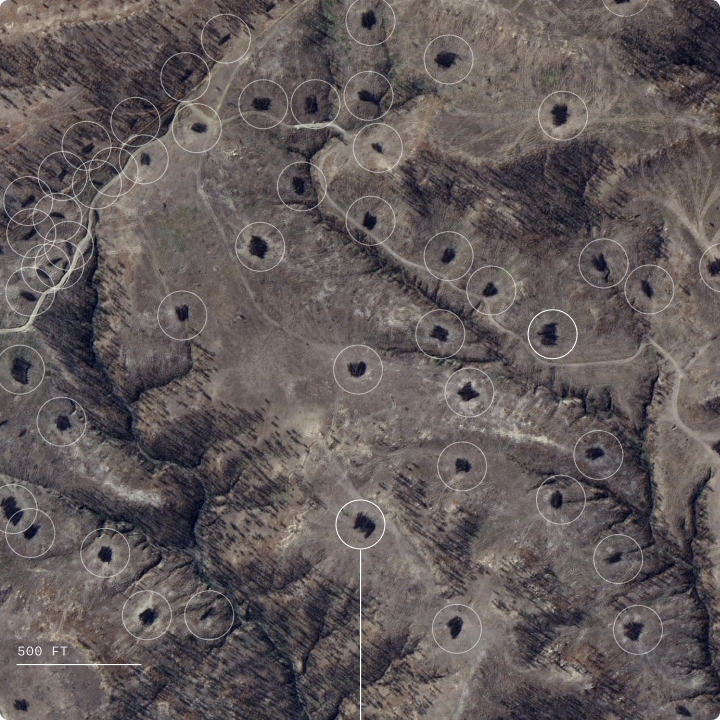

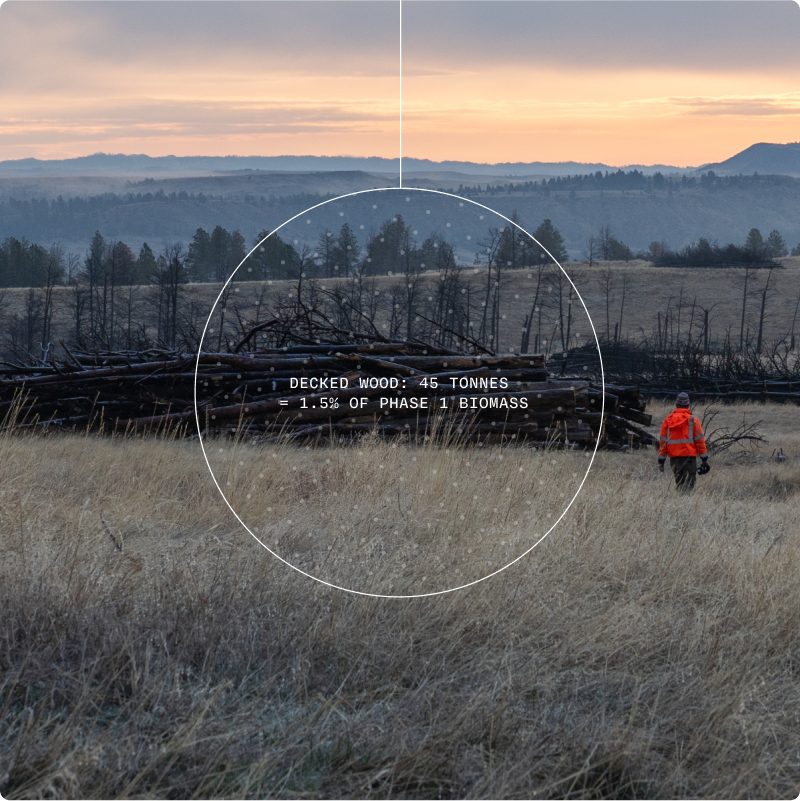

See what the land looked like from a satellite view over the course of 3 years.
Montana
The Poverty Flats Fire tore through this 3,200 acre, mother-daughter-run ranch. Land rich in family, wildlife, and cultural history.
Montana
Charred trees stood lifeless. The family searched for a way to recover, but reforestation was costly—and out of reach.
Montana
A grant helped clear dead trees. But the wood, unfit to sell, couldn't fund regrowth. Burning it, standard practice, meant more emissions.
Montana
Critical Questions Answered
How durable is this
carbon removal?
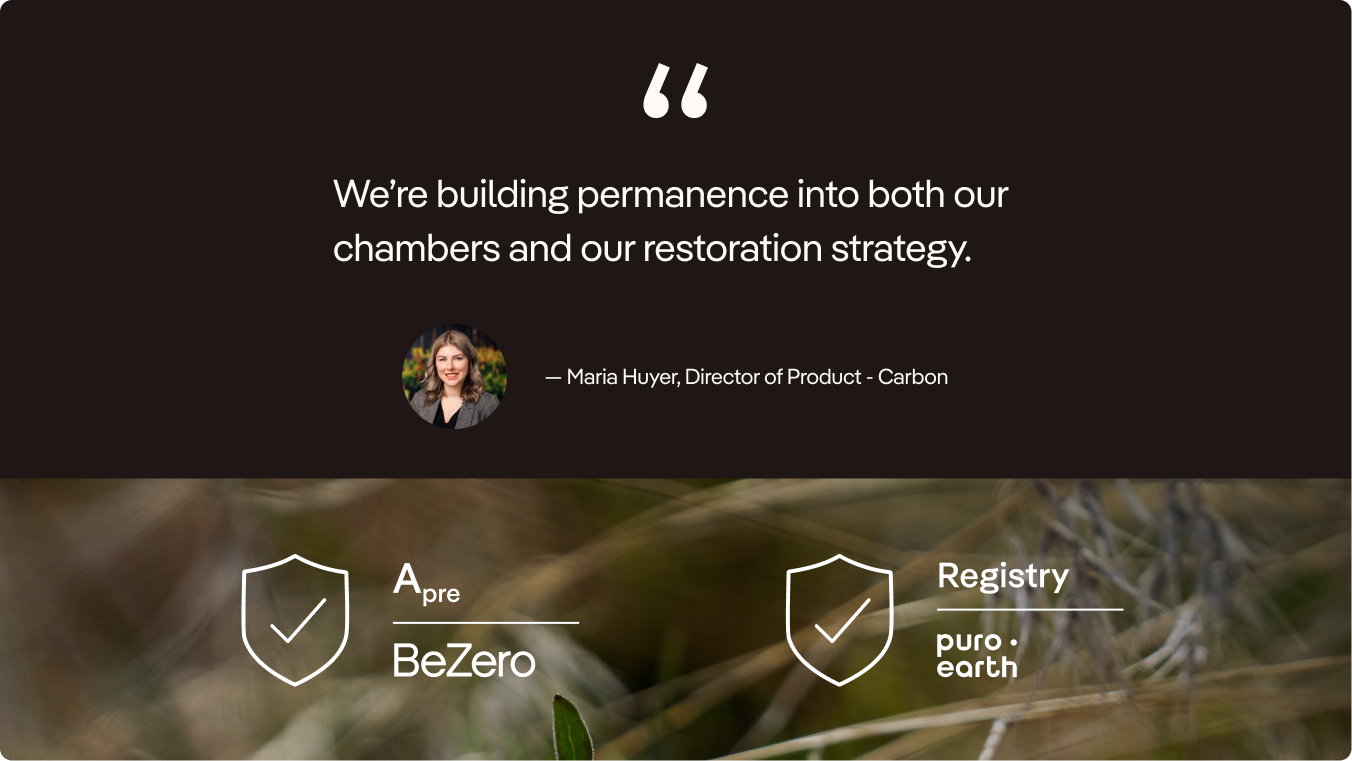
(low oxygen) conditions.
Don’t forests grow
back after wildfire?
Why biomass burial
at MT1?
CO-BENEFITS
The ranch isn't just ecologically valuable, it’s culturally and economically significant.
The land around MT1 has been home to migratory species, cultural heritage sites, and a family legacy. Restoring this land has ripple effects—for the environment, history, and community.
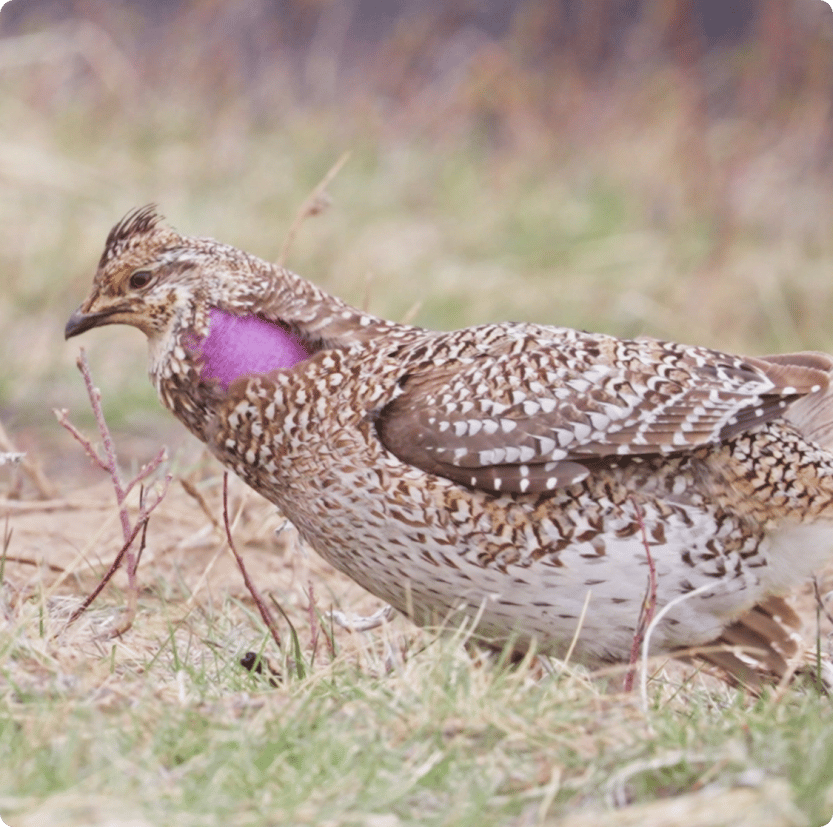

Ecological Hotspot
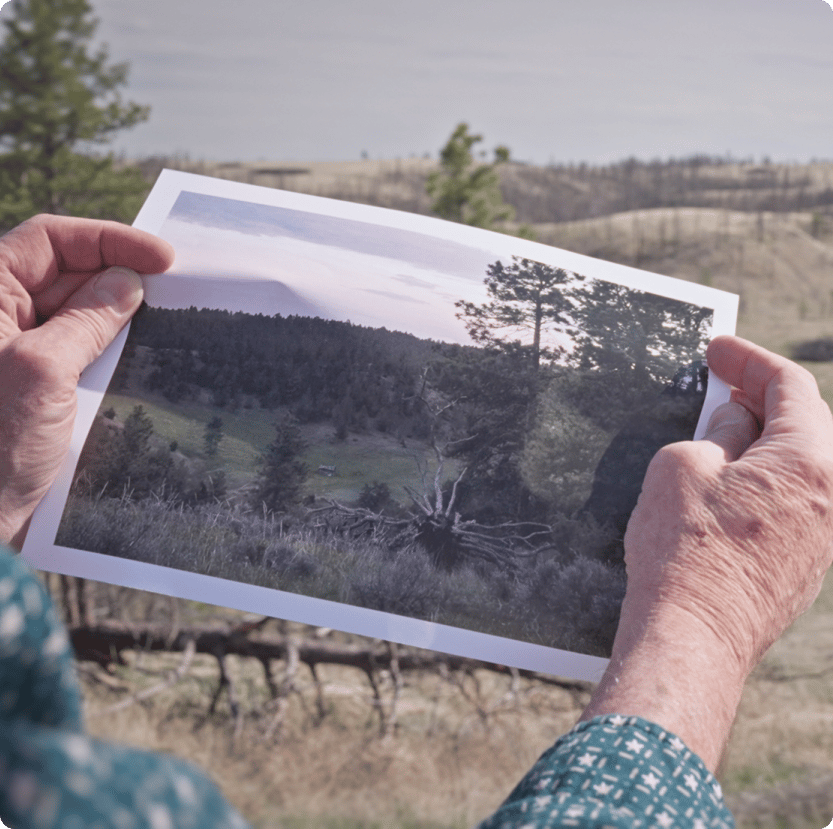

Culturally Signifcant Ground
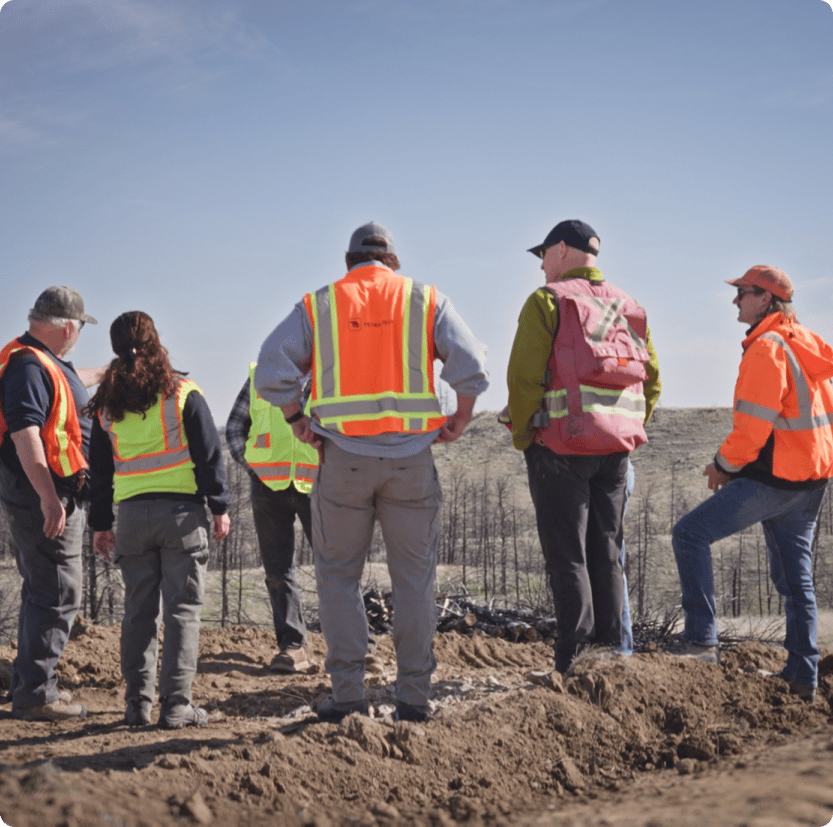

Community Impact
SPOTLIGHT
Reforestation plan
The land surrounding MT1 is a biologically rich landscape, a dryland forest ecosystem with ponderosa pine coulees and prairie grassland speckled with prickly-pear cactuses. A valuable carbon sink to restore.
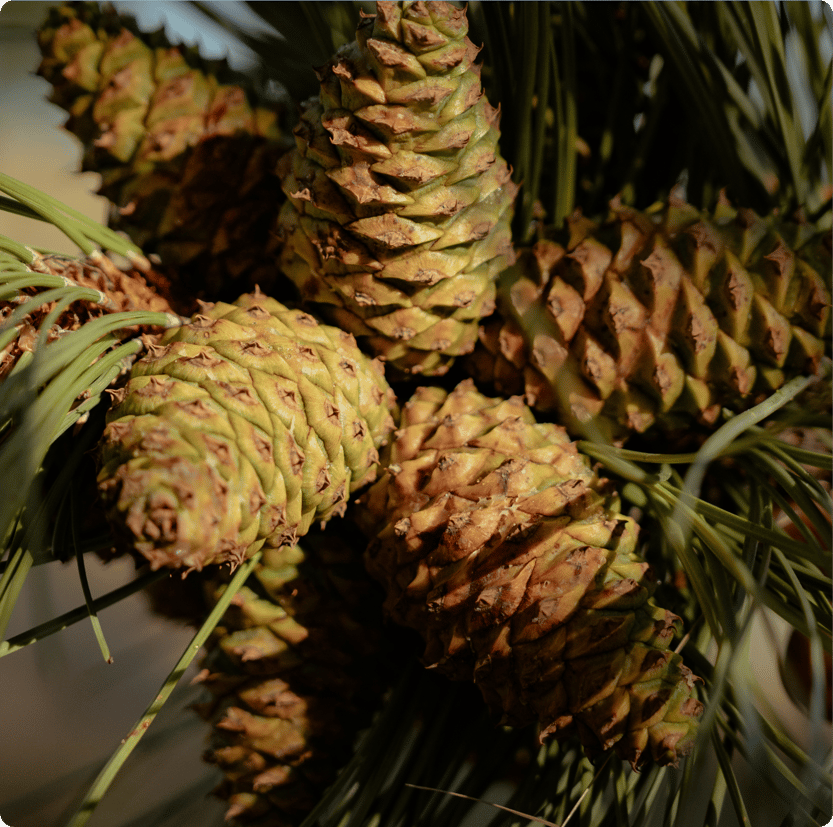

Scouting for Cones
We source cones as close to the reforestation area as possible. These ponderosa pine cones were the seed source for the seedling shown to the right, grown at our Silvaseed nursery in Roy, Washington.
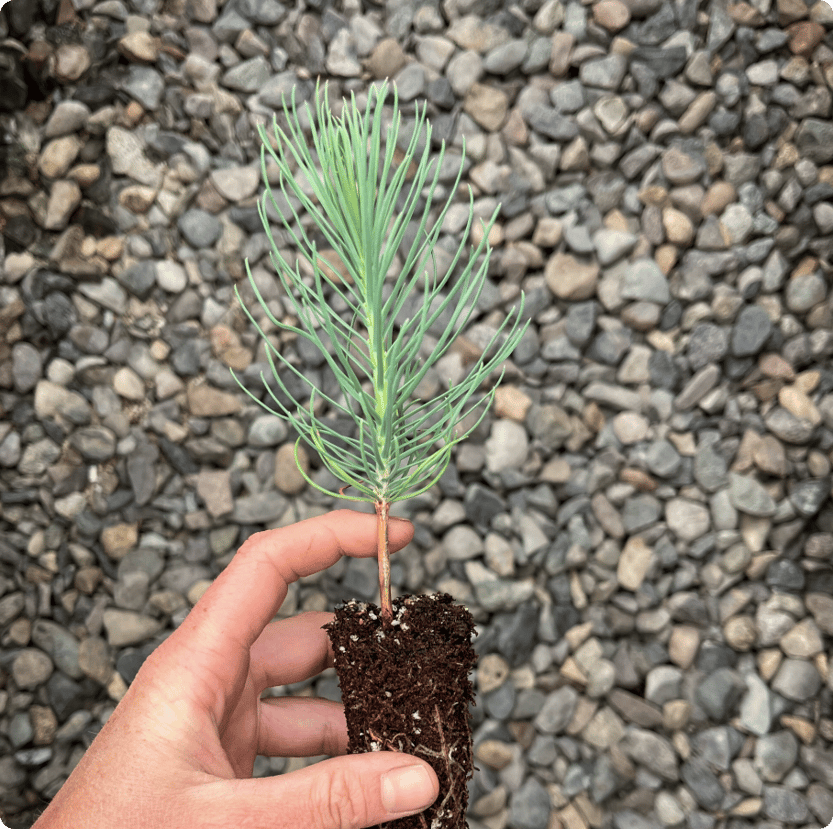

Growing Seedlings
This healthy ponderosa pine seedling is among our first batch at Silvaseed, growing from seed collected near the MT1 project site. This seedling, among many more, will be planted during the spring 2026 planting window.
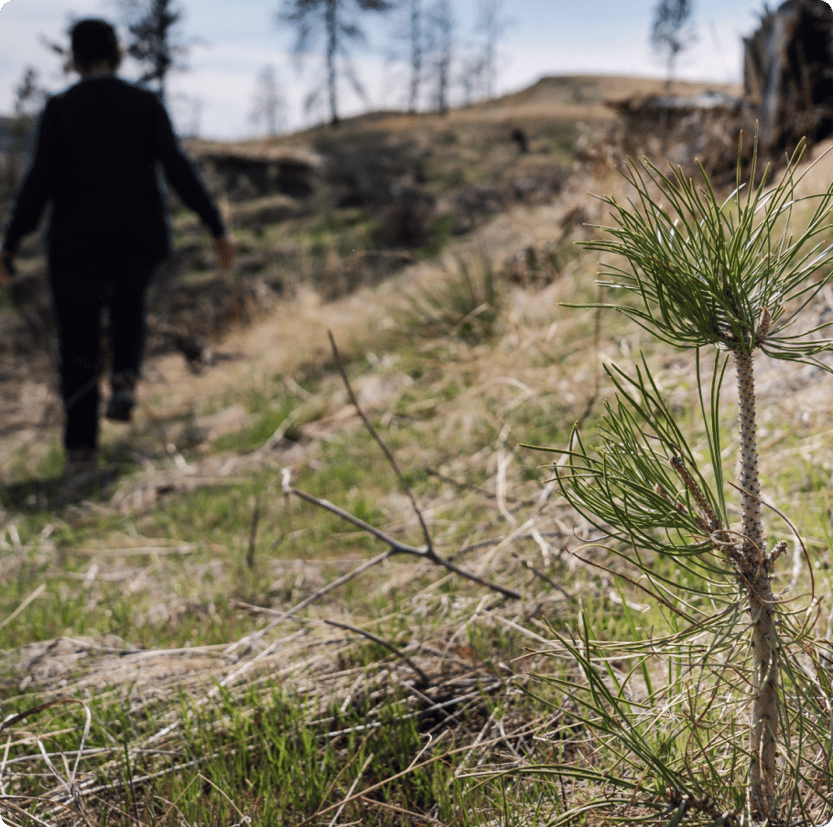

Furthering Landowner Efforts
INVEST IN CLIMATE AND COMMUNITY
Curious? Let’s connect
Join a project where every carbon credit funds tangible change—a seedling in the ground, a habitat restored, a community made stronger.
5,000+ MT1 credits available for presale.
A SCALABLE PATHWAY FORWARD
MT1 is a blueprint for immediate change and scale.
Biomass burial is the best use of the wood here and on many other fire-affected lands. This carbon removal pathway has the potential to provide a material benefit and utility for otherwise unmerchantable fire-killed trees, with a 2.8 million tonne potential estimated across Montana’s recently burned landscapes.
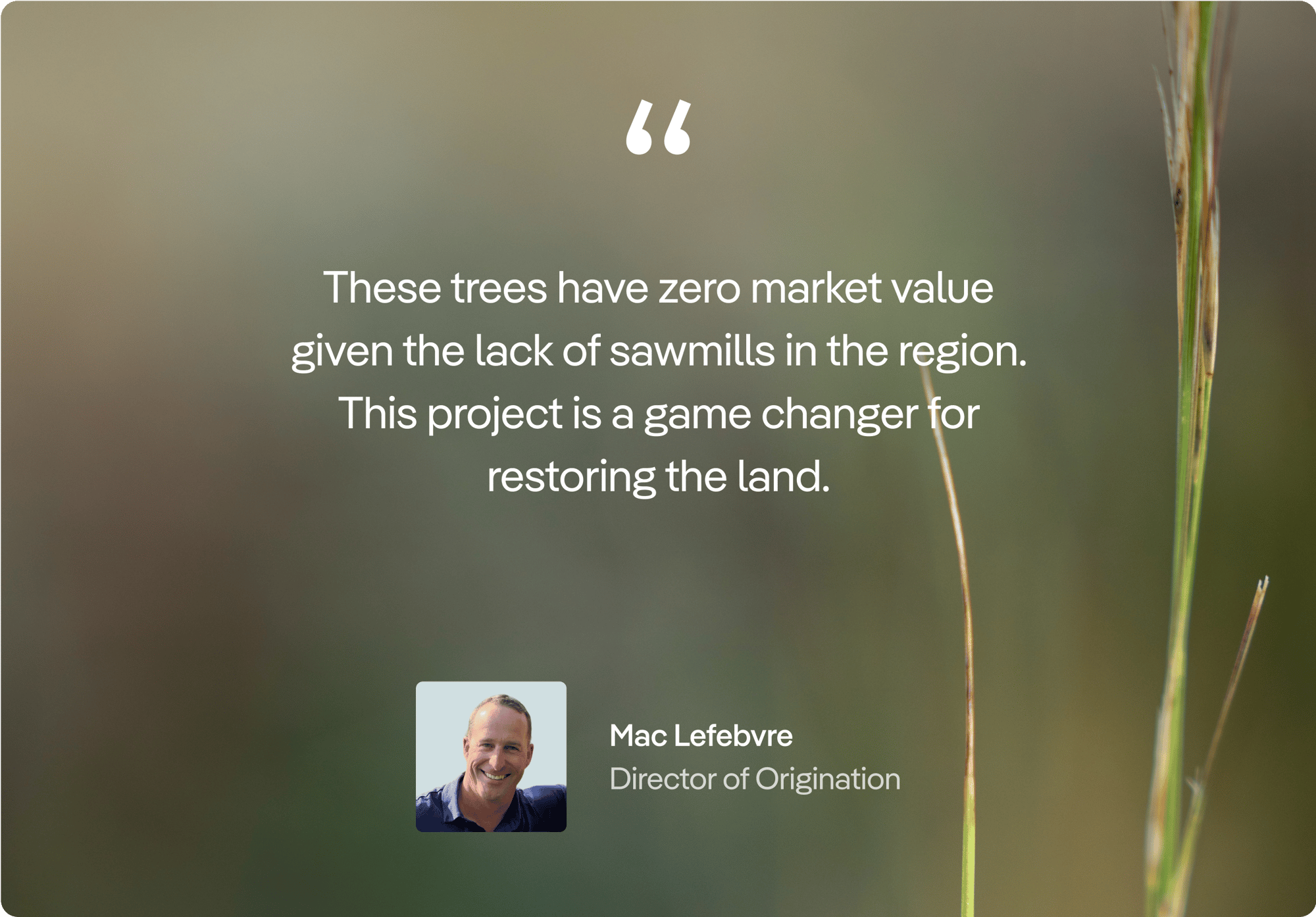
Questions or concerns about this project?
Please let us know.
MAST ENTITIES
Collaborating to protect the biological legacy of western conifer forests.
With a 153-year growing history at its Silvaseed nursery and the largest private nursery in California at Cal Forest, Mast is specialized in every step of reforestation—from seed to seedling to sequestration.








